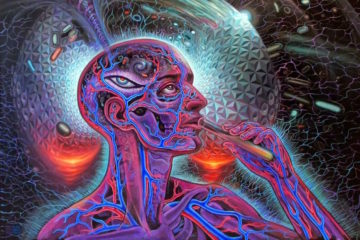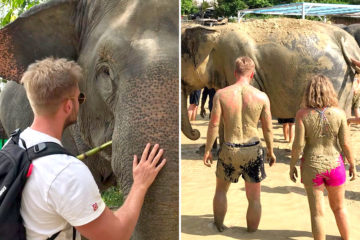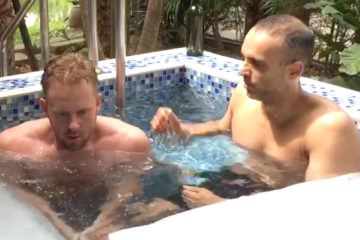Mount Kilimanjaro charity trek with a man carrying a ‘tiger’ on his back
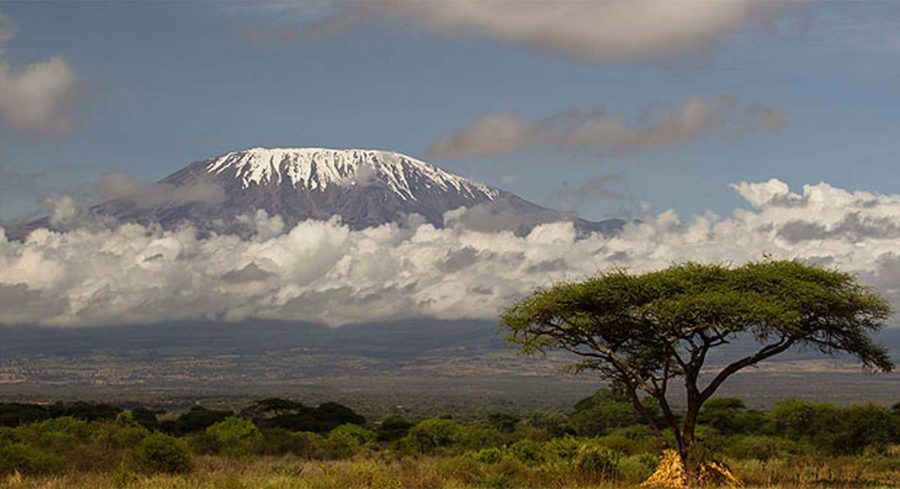
“If Chubster DJ, Chris Moyles can do it, so can I…”
A sentence I used before agreeing to tackle Africa’s tallest mountain, Kilimanjaro – which stands at 19,341ft.
My guide, Emu — the same man who managed to get Cheryl Cole to the top – I’m in safe hands, surely?
Certainly not when Emu turns to me and says: “I’ve never seen weather this bad in my life.”
A freezing blizzard thundered about us, reducing my vision to a blinding sea of white. Having walked for more than 23 hours already, we were now on day four of our trek and within hours of the top. Or so it seemed.
We knew the final leg would take a blister-bursting 15 hours at best, but the conditions would push it closer to 19.
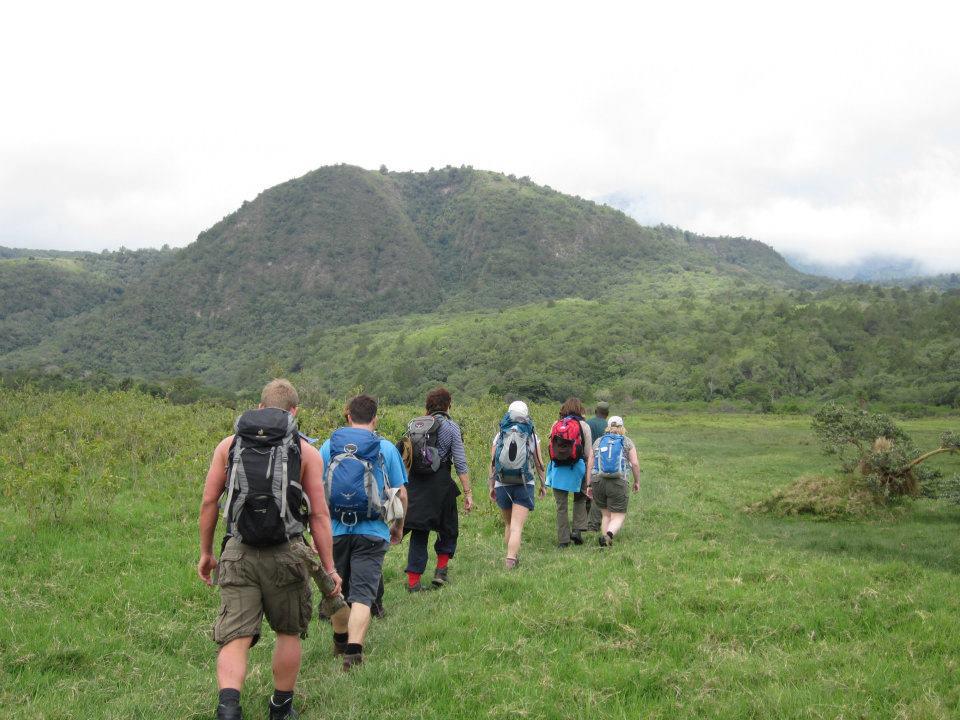
We had already passed through all five of the mountain’s major eco-zones — rainforest, heath, moorland, alpine desert and glaciers — and were closing in on the end.
I had already battled dehydration, headaches and vomiting brought on by the severe altitude, but now I was feeling at my lowest ebb.
Everything I thought I knew about mountain climbing was wrong.
And at last I understood why they say Kilimanjaro isn’t for the faint-hearted – as it soon become the most challenging task I have ever faced. After setting off at midnight with head torches in place, it hadn’t been long before the eldest of our group, 70-year-old Daphne, started to struggle. The weather conditions had drastically changed for the worst.
It was at this point we were given the option to go back. To quit.
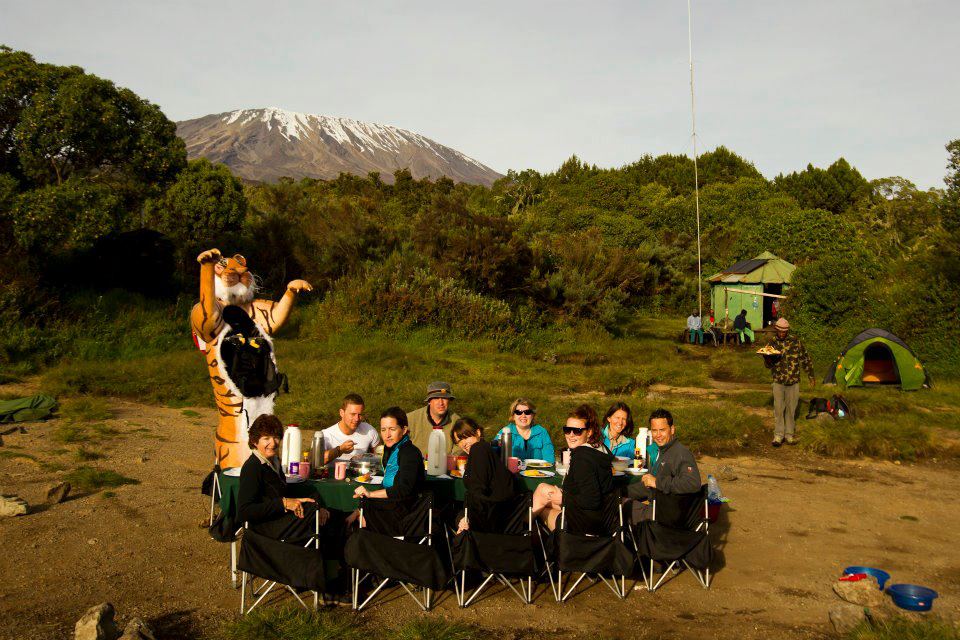
As our guides reluctantly admitted, only the strongest would make it to the top of the mountain.
For me, going back was not an option.
I’d promised myself I would not be coming home without the iconic photo, so I repositioned my head gear — all of my kit kindly supplied by Trek Hire UK — and pushed forward.
Two of our group of eight threw in the towel. I didn’t blame them.
At this point, we were already behind time and fighting against the clock. My calf muscles were on fire yet my face was frozen. This was hard — really hard.
With nothing on my mind but the final destination, I can remember the guide saying we had 30 minutes to go — but time became endless.
Not only was my whole body in pain, my plastic water flask had frozen solid, which meant I was thirsty. Eating snow didn’t quite quench my thirst. I was starting to feel dazed.
I’m certain that if offered a magical lift which took me home, I would have quit there and then.
I was starting to rethink my determination for that picture. But as the fairytale thought was not an option, I continued to battle through.
It was just at the point where I felt like saying I’d had enough when I saw the bright green and yellow sign that reads: “Congratulations! You are now at Uhuru Peak”.
At last, our destination was in sight. However, despite standing on top of the highest free-standing mountain in the world, our views were reduced to nothing but a blanket of white.
It is supposed to be nothing less than spectacular. I got to see nothing more than snow.
On a positive note, I will always wonder whether the summit sign holds mystical powers because, as we approached it, all our aches and pains vanished — temporarily at least.
The girls in our group cried with joy and I can’t be sure whether my face was wet with snow or tears of delight.

Kilimanjaro — which means “shining mountain” in Swahili — had yet more pain in store. We had to get back down.
Trusty guide Emu had earlier promised me the fun part of the mountain was the descent but this was far from the truth.
The unfriendly weather conditions spoilt our chances to “scree slide” down the slopes — adding an extra two to three hours to the descent.
As our white pathways were completely unmarked, it made finding the easiest route difficult.
Every ten seconds one of us in the group would slip and land on their back.
This was funny at first but after a while most of our bums and backs were sore and we started to get frustrated.
Eventually we got back and, despite having imagined eating several horses, none of the group was able to eat much at all.
It wasn’t long before we all started to notice how severely sunburnt we were.
Before nightfall my face had begun to blister. By morning it was unrecognisable. We continued farther down the mountain the next day, for several hours, before eventually reaching the national park entrance sign.
It brought an end to almost 50 hours of walking in total.
This was nearly as rewarding as approaching the summit.
With unforgettable ups and downs, Mount Kilimanjaro was certainly an experience I will remember for the rest of my life — and certainly one I won’t be doing again in a hurry.
Emu might have done it 200 times but once was enough for me.

